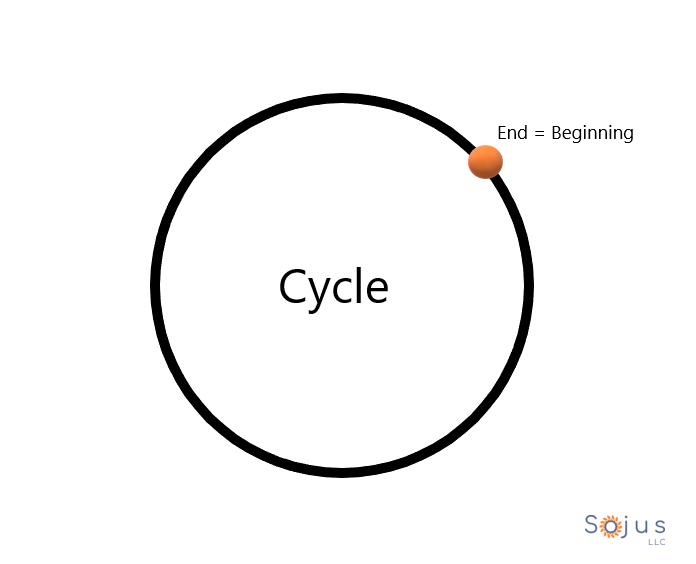Market access brainstorm sessions typically gyrate around strategic objectives such as:
- “Our goal is to achieve parity”
- “The strategic objective for this year is to defend access”
This is the fatal trap of marketing myopia. Market access teams often treat their asset as their own child and customers’ needs as a stepchild. This backfires on the business as the stepchild always turns out to be the Cinderella of the story.
To put it a different way, Harvard Business School Professor Theodore Levitt said “people don’t want to buy a quarter-inch drill. They want a quarter-inch hole!”
If you’re looking to influence payers’ and PBMs’ utilization management strategies, understand why it’s important for THEM. Hint: the cop-out answer would be “they need to save money.”
Today, Harvard Business Review published an interesting article on Profit Segmentation. A sophisticated payer or PBM would categorize its beneficiaries into 3 buckets: Profit Peaks, Profit Drains, and Profit Deserts. Profit Peaks are the high-profit customers (typically about 20% of the customers that generate 150% of their profits). Profit Drains are high-revenue, low-profit/loss customers (typically about 30% of the customers that erode about 50% of these profits). Finally, Profit Deserts are the low-revenue, low-profit customers that produce minimal profit but consume about 50% of the company’s resources.
Benefit designs can be effective tools for payers to solve the problem for Profit Drains. Most of the Profit Drains’ problems are fixable, but they require teams that are expert at changing the cost to serve by managing the relationship with these beneficiaries. Fortunately, in most cases, the beneficiaries receive a parallel reduction in their own cost.
For example, if a patient on a statin visits a clinic for muscle pain, it’s just as costly for him as it is for the payer. Therefore, implementing the right order pattern (i.e. benefit design) is a win-win that often converts Profit Drain customers to Profit Peaks.
What would a reasonable change-in-order pattern look like for this patient? If you were responsible for the payer strategy for a statin competitor, how would you encourage payers and PBMs to convert the target population from Profit Drains to Profit Peaks?
Deloitte pointed out that 70% of launches fail by missing expectations at launch. Could marketing myopia be the culprit?
In the famous words of Seth Godin, “when you shine a light, both of you can see better.”

